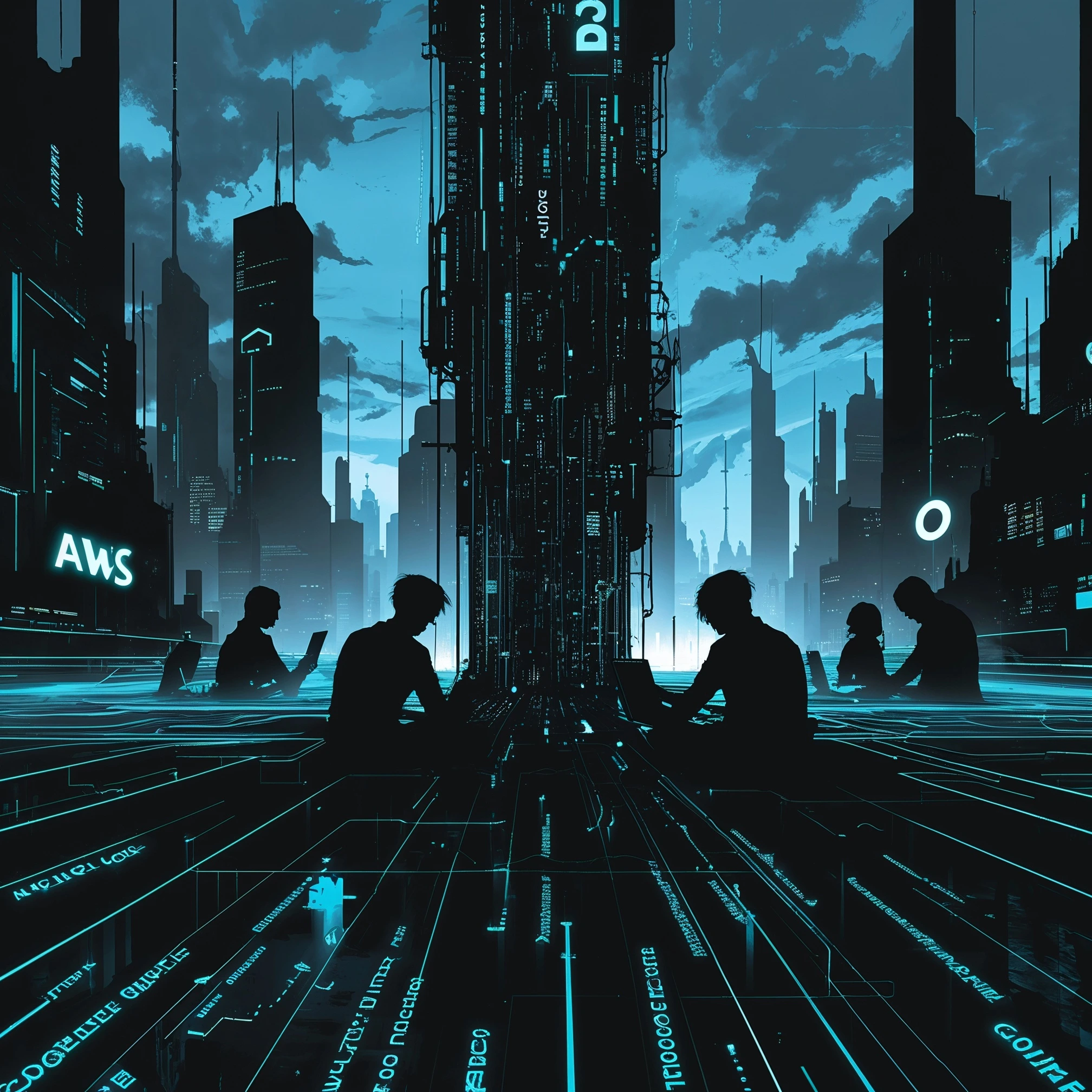Webflow
Definition: Webflow is a no-code platform that allows users to design websites without the need for coding. Users can create responsive designs thanks to an intuitive interface, making website creation quick and efficient.
Origins and History
Webflow was founded in 2013 in response to the growing demand for web design tools that did not require programming skills. The platform gained popularity among freelancers, agencies, and small businesses wanting to create aesthetically pleasing websites without complex coding.
Usage and Examples
Webflow is used to build a variety of web projects, from simple informational pages to more complex web applications. With advanced features, users can easily add animations, API integrations, and sophisticated CMS systems.
- Example 1: 'I created a portfolio website through Webflow that looks professional and is responsive.’
- Example 2: 'The company used Webflow to create a landing page, which resulted in an increase in conversions.’
Related Terms
Related terms include responsive design, which refers to adapting websites to different screen sizes, and UX/UI design, which focuses on user experiences.
Webflow is an innovative tool that transforms the way we create websites in the no-code era. It enables the design of aesthetically pleasing and functional websites, making it an ideal choice for those who wish to realize their visions online in a simple way.
Get in Touch with CodeFormers
We are always ready for cooperation and new challenges. Contact us to learn more about our services, projects, and opportunities.

